On September 11, 2001, my husband and I raced down 24 flights of stairs after watching a passenger jet plow into the south tower of the World Trade Center six blocks from our apartment. We ran to what we hoped would be safety in Battery Park in the southern tip of Manhattan, only to be engulfed in dust and debris as the Twin Towers fell. For hours, we wandered in that choking cloud, until we were saved by one of the boats that spent all day ferrying people to safety.
Five days later, Christine Todd Whitman, the leader of the Environmental Protection Agency, assured us Lower Manhattan was safe and the air was clear. Ten days later, our landlord and officials from the city, state, and federal governments told us it was safe to return to our apartment.
We moved back on September 23. From our terrace, we could see crews digging 24 hours a day through the pile of twisted metal and charred steel. Fires smoldered at the site for months, and a sulfuric stench permeated the air. Every day, I wiped away the dust from every surface in the apartment, but every morning, a fresh layer of dust appeared, no matter how many washcloths we shoved under doors and around windows to keep it out. When we moved in 2005, I was horrified to discover just how much dust had settled beneath and behind furniture and in every hidden corner and crevice.
We now know the air in Lower Manhattan was far from “clear” when we returned to our apartment. It was toxic, filled with jet fuel, asbestos, glass fibers, and particles from pulverized electronics, cement, and other materials. Experts have compared breathing in the caustic dust to inhaling Drano. In the years since 9/11, that air has been linked to nearly 70 types of cancer and other illnesses that have since claimed twice as many lives as the attacks themselves. Whitman has apologized for falsely assuring the public the air was safe.
In 2010, Congress, after lengthy negotiations, established the World Trade Center Health Program to provide medical benefits to first responders and others whose health had been affected by the September 11 attacks. The program was extended by Congress in 2015 and covers people who worked in the rescue, recovery, or clean-up efforts at the World Trade Center, the Pentagon, or the crash site of Flight 93 in Pennsylvania. It also provides benefits for people who lived, worked, went to school, or attended daycare in the New York City disaster area.
I have carefully kept track of the WTC Health Program and the Victim Compensation Fund (VCF) over the years because of my proximity to the disaster, and also because I am a licensed New York City tour guide. Since 2011—when the 9/11 memorial in New York officially opened—I have taken groups almost weekly to the memorial, pointing out the names of the nearly 3,000 people who died in the Towers on that day. I usually start my tours in the Memorial Glade, which was added in 2019 to commemorate the lives of those lost to 9/11-related illnesses. The site’s plaque reads, in part:
… whose actions in our time of need
Led to their injury, sickness, and death
Responders and recovery workers
Survivors and community members
Suffering long after September 11, 2001
From exposure to hazards and toxins …
For a long time, I didn’t think those words applied to me. But now, they probably do: At the beginning of this year, I began experiencing worrisome health symptoms. After a few tests, my doctor called to tell me I had uterine cancer. But I wasn’t completely surprised, because the Centers for Disease Control and Prevention (CDC) had added uterine cancer to its list of WTC-related health conditions in 2023 “based on extensive scientific review and research.”
Because of that status and since my husband and I were among the 25,000 residents who lived south of Canal Street during the WTC cleanup, my cancer treatment should be covered by the WTC Health Program/VCF. But I have no idea if I will ever be able to claim those funds or receive any further treatments I might need, thanks to recent actions by our current administration.
The program benefits are supposed to last until 2090, but funding is shaky. A deal to include long-term funding in a spending bill appeared to have been worked out by Congress late in 2024, but criticism from Donald Trump, then the president-elect, and his adviser Elon Musk torpedoed that bipartisan spending deal. The smaller bill passed in December 2024 did not include funding for the 9/11 health fund, to the great disappointment of New York legislators, firefighters, and other advocates for the program.
Then in February, when I decided it was time to approach a doctor with my symptoms, I started seeing reports that the Trump administration had cut both funding and staff from the CDC, a move that would directly impact the WTC Health Program. After a strong bipartisan backlash, the funding cuts were reversed and some employees were rehired.
I had a full hysterectomy on March 27. While recovering, I submitted my WTC Health Program/VCF forms—just as a new threat to the funds became clear.
In late March and early April, the Trump administration announced plans to cut 10,000 jobs from the Department of Health and Human Services (HHS), including the CDC, which oversees the National Institute of Occupational Safety and Health (NIOSH)—the branch that runs the WTC Health Program. NIOSH was expected to lose about two-thirds of its staff, at least 873 positions, including doctors, nurses, researchers, and administrative workers. Then, around the first of May, layoff notices were received by nearly all remaining NIOSH staff, including at least 16 workers in the WTC Health Program.
With such drastic reductions to staff, applications to the WTC Health Program likely can’t be properly reviewed or processed, and critical services—and they are critical, because cancer rates for the affected population have been reported to be much higher than average—will grind to a halt.
Even before the recent funding and staff cuts, the program was struggling to provide timely services for the more than 130,00 people currently enrolled. I recently spoke to a boat captain who spent 13 hours ferrying people to safety on 9/11, spending hours inside the toxic dust cloud that hung over Manhattan that day. After losing half his jaw to cancer, he submitted forms asking for compensation from the Health Program more than a year ago but has heard nothing.
Michael Barasch of the law firm Barasch & McGarry, which represents more than 40,000 responders and survivors who have been diagnosed with cancer and other 9/11-related illnesses (including me), recently communicated his fears to me in an email. “If the layoffs are not reversed, 9/11 responders and survivors will die, needlessly,” he said.
Anyone trying to receive care through the program must have their illness certified as being related to 9/11 exposure and receive approval to begin treatment or file for compensation. Although HHS asserts that the program is functioning properly, Barasch and others affiliated with the program have said patients are not receiving the certifications they need to move forward with treatments.
Barasch said three FDNY employees with 9/11-related cancer have been denied treatment from the WTC Health Program just two weeks ago. “The program simply can’t function after these massive layoffs,” he wrote.
For the last two decades, I have worked to keep the memory alive of those who died on 9/11. I tell tour groups how first responders rushed in; I show them the battered Sphere statue and discuss how it was buried under tons of debris. I’ve written a book and multiple articles about my experiences on that day and in the months that followed, and I’ve shared my 9/11 story in churches, libraries, schools, and jails- not just across America, but in-person in countries such as Japan, India, and Madagascar. My husband is just as active, coordinating an annual event that raises funds for a scholarship at Clemson University in the name of his friend and fraternity brother who died in the North Tower.
My goal has always been to honor my country’s promise to “Never Forget.” To never forget the ones who died on the planes, in the towers, in the streets. To never forget the ones who rushed into burning towers. Or spent months digging through smoldering rubble. Or cleaned buildings and houses or taught school or sold groceries or rebuilt lives in the blocks around Ground Zero.
Now I raise my voice for myself as well as the thousands like me. We need this fund. We need the health care providers and the researchers studying our diseases and the staff who read forms and fill in databases. Our country promised to remember. Can we still count on that promise?
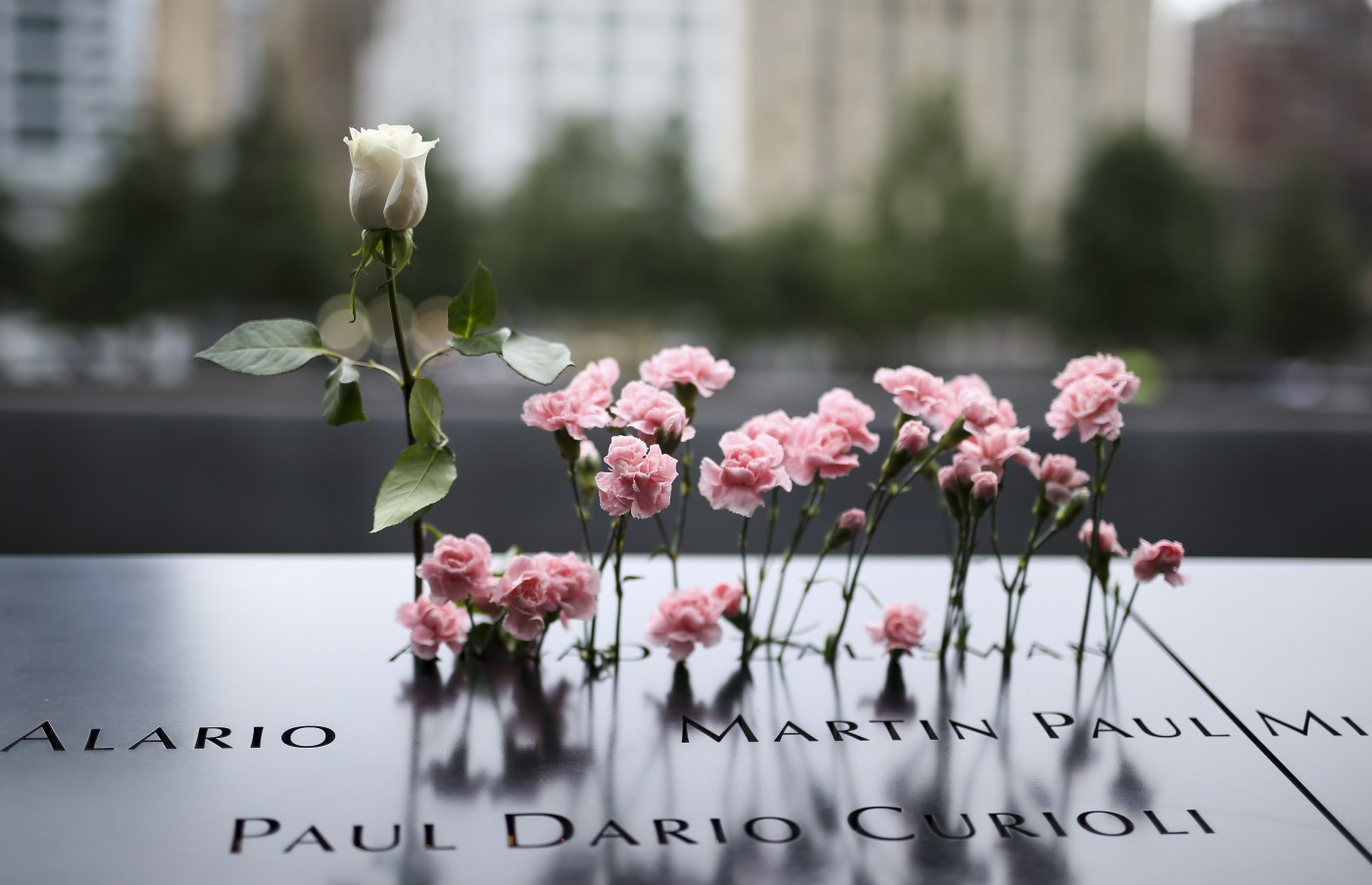
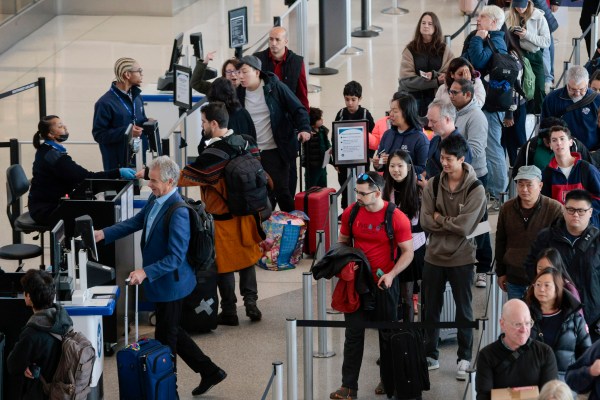
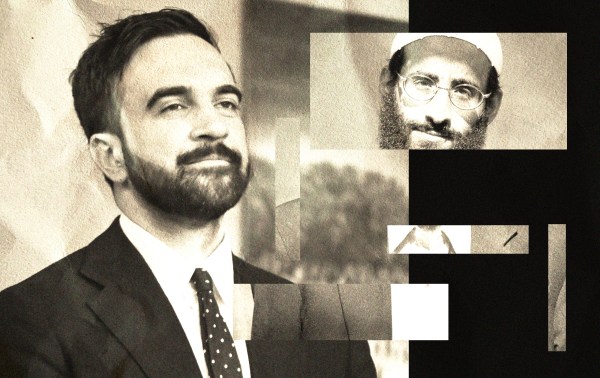
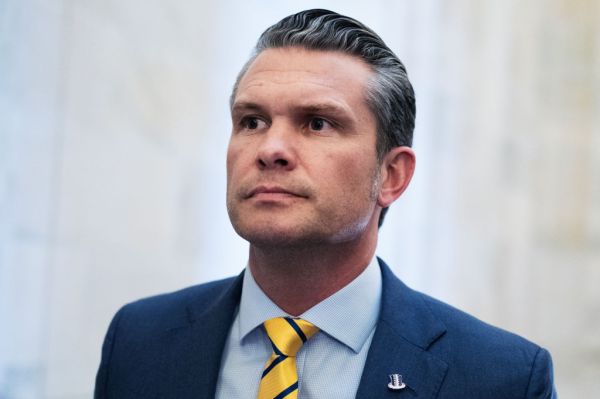

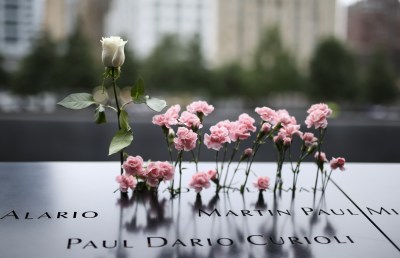
Please note that we at The Dispatch hold ourselves, our work, and our commenters to a higher standard than other places on the internet. We welcome comments that foster genuine debate or discussion—including comments critical of us or our work—but responses that include ad hominem attacks on fellow Dispatch members or are intended to stoke fear and anger may be moderated.
With your membership, you only have the ability to comment on The Morning Dispatch articles. Consider upgrading to join the conversation everywhere.